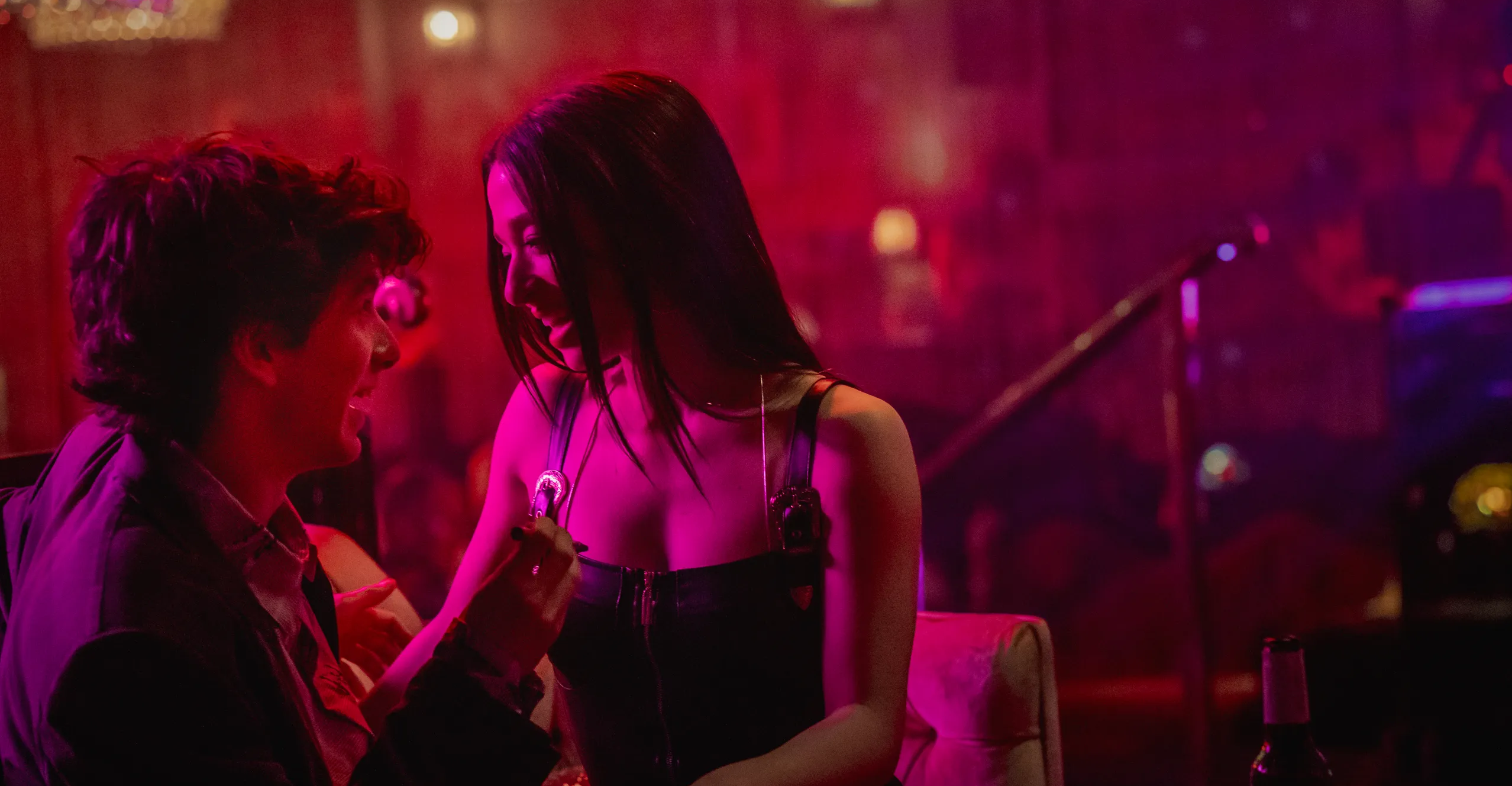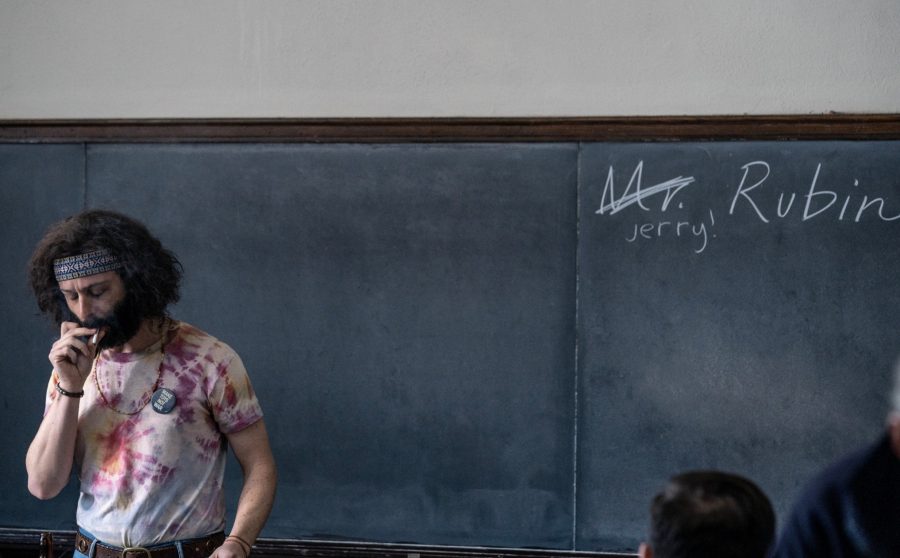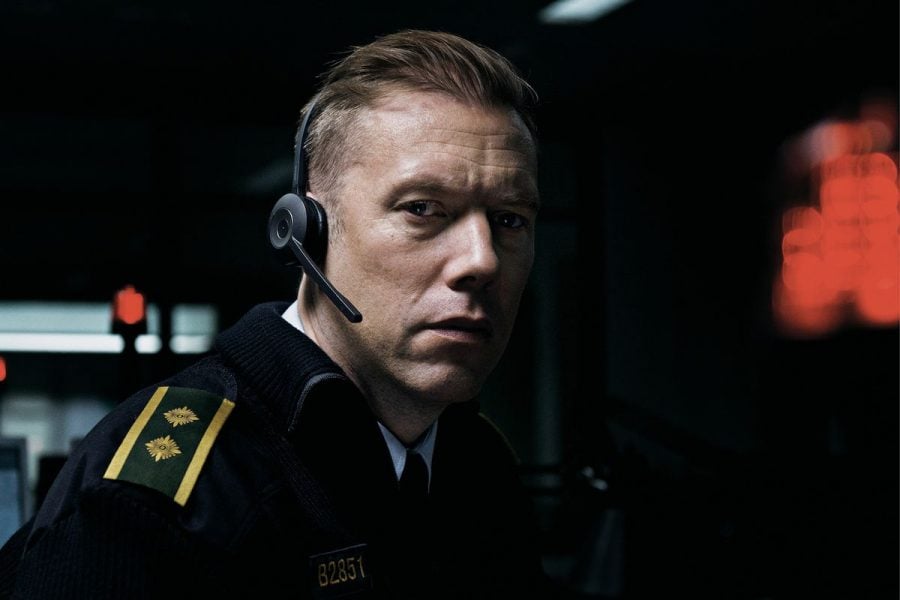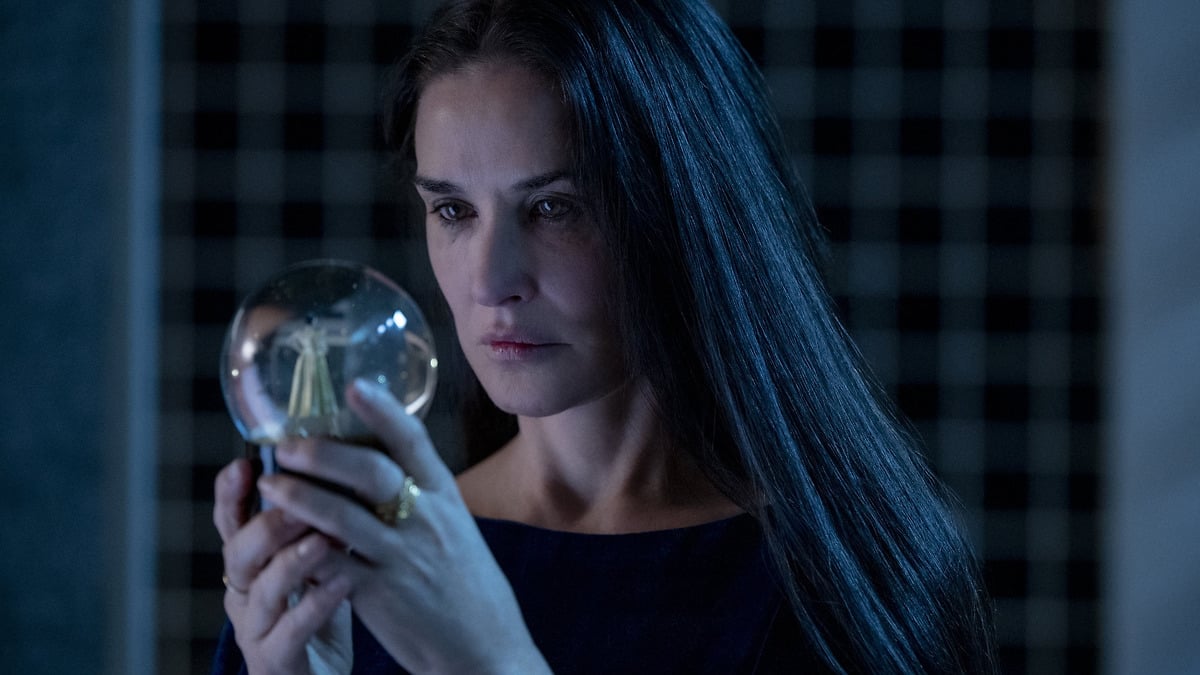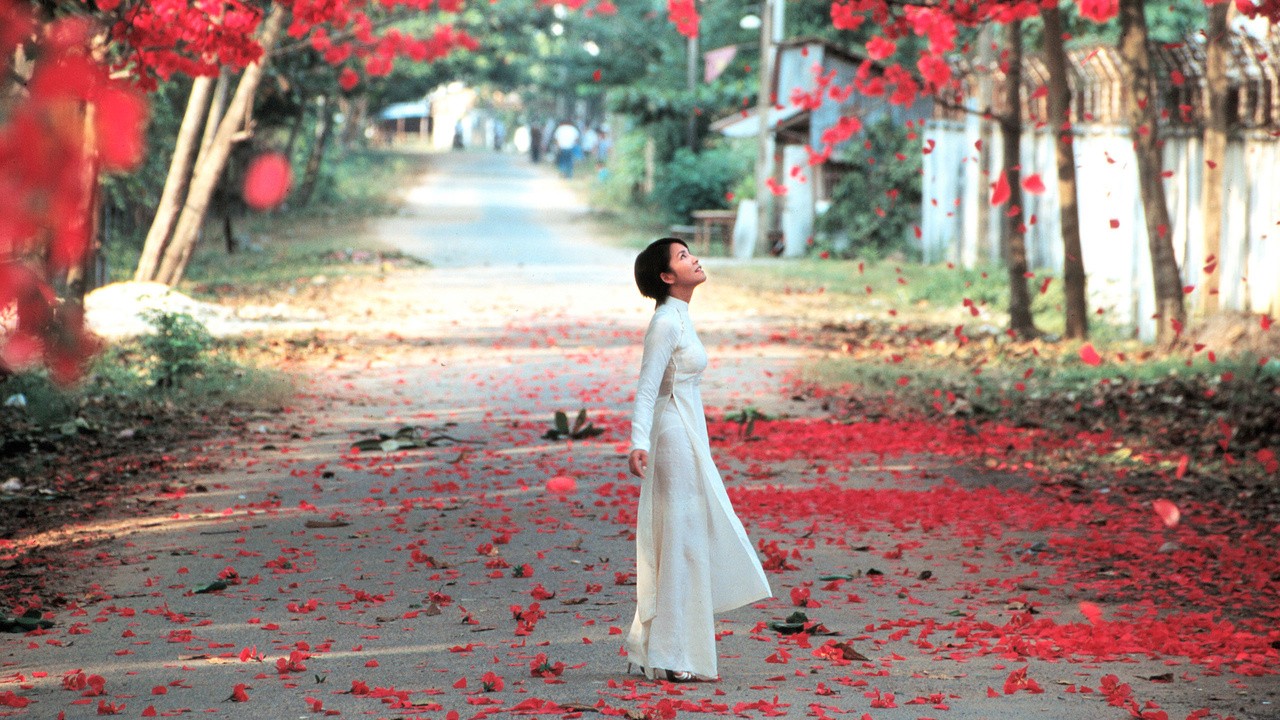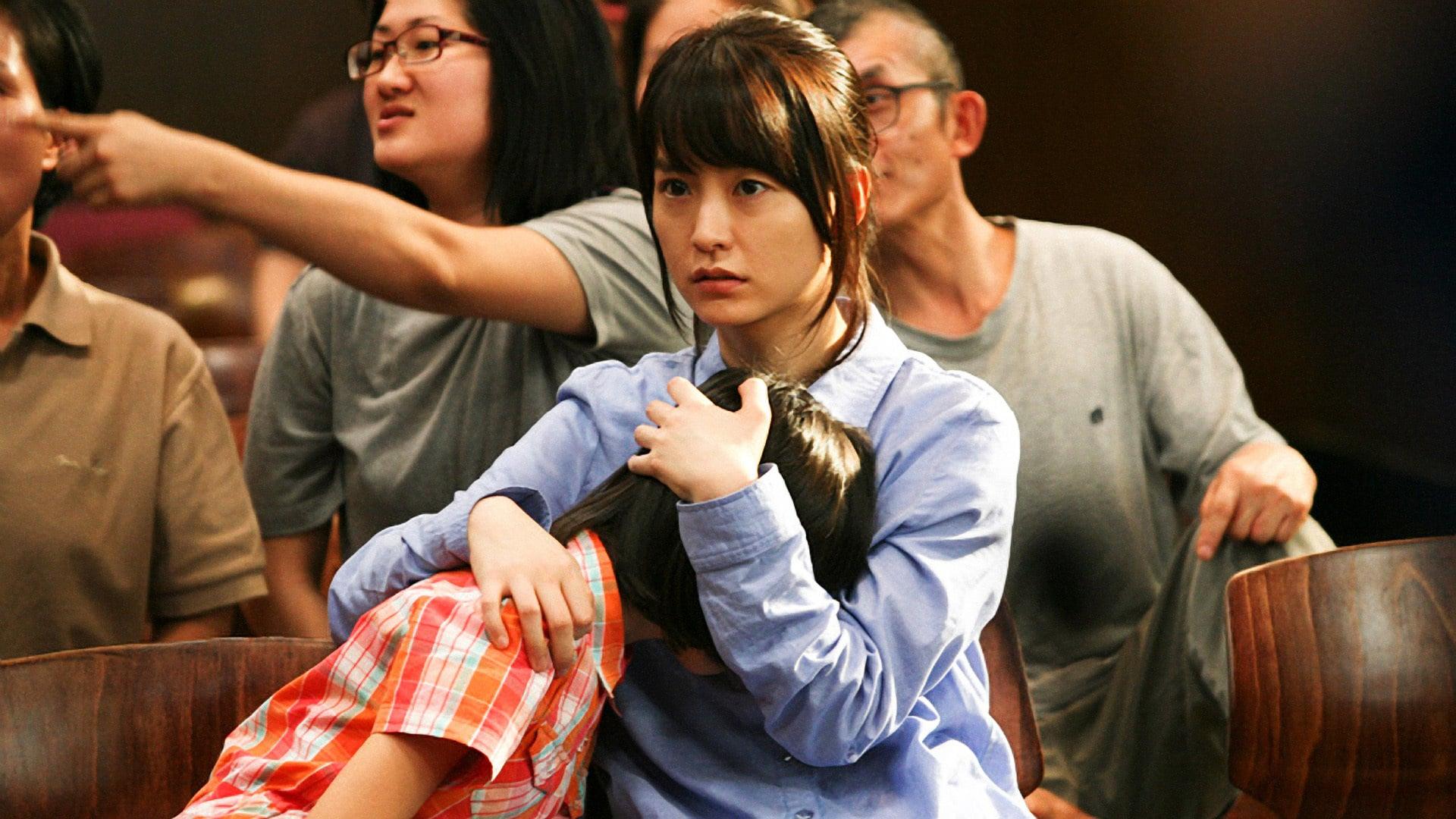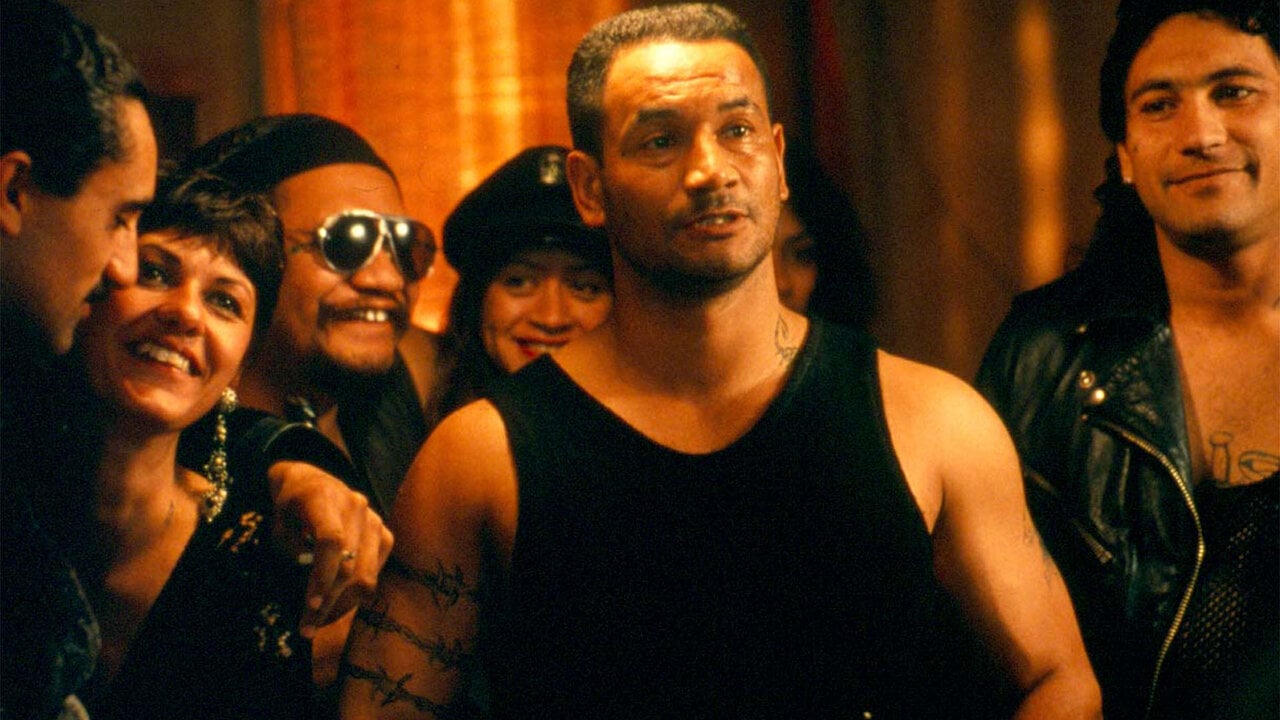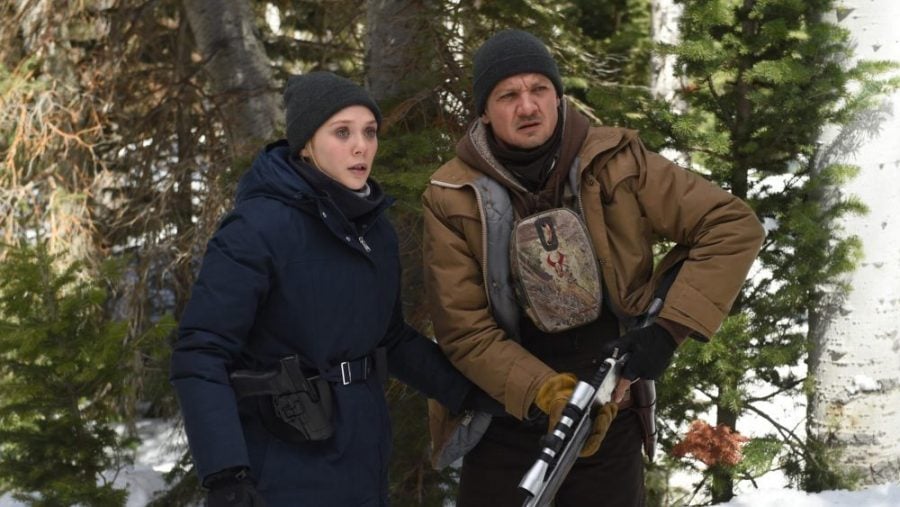EO (2022)

7.6
Movie
TLDR
If this is an accurate depiction of donkey life, no wonder Eeyore was always so depressed.
What it's about
The take
It’s a bold move, centering a drama around a creature as docile as a donkey, but EO pulls it off without ever leaning on the crutch of CGI. Instead, the film makes ingenious use of a hundred-year-old film technique: the Kuleshov effect. By splicing the image of the titular donkey’s placid, expressionless face against visual stimulus, the illusion of a genuine reaction is produced.
But don’t be mistaken: this is no twee Disney-esque tale of anthropomorphism. Inspired by the classic Au Hasard Balthasar, EO tracks the haphazard journey of a former circus donkey across Europe — one that is often depicted in surreal psychedelic reds instead of idyllic picture-book tones, and punctured by more horrors than joys (though we do, thankfully, get to see him munch away on some well-deserved carrot treats). EO’s docility frames him as a kind of holy innocent, making the cruelty meted out to him feel all the more like a grave violation of something sacrosanct. Seeing the world through his oft-neglected perspective also makes this a movie about humans by proxy — a fresh, empathetic approach that, even in its obvious dramatic liberties, makes us meditate on both the depth of experience that may be unfolding in our animal neighbors and our role in shaping it.
What stands out
Unsurprisingly, EO isn’t a big talker (though he does let out a few hearty brays here and there), so it’s up to cinematographer Michal Dymek and composer Paweł Mykietyn (along with editor Agnieszka Glińska’s aforementioned cuts) to let us into his emotional state. The spectrum of feeling conveyed in their work gives affirming depth to the movie’s central point: that we could do with being more curious about the lives of those we share the planet with.
Comments
Your comment
UP NEXT
UP NEXT
UP NEXT
Curated by humans, not algorithms.

© 2025 agoodmovietowatch, all rights reserved.









